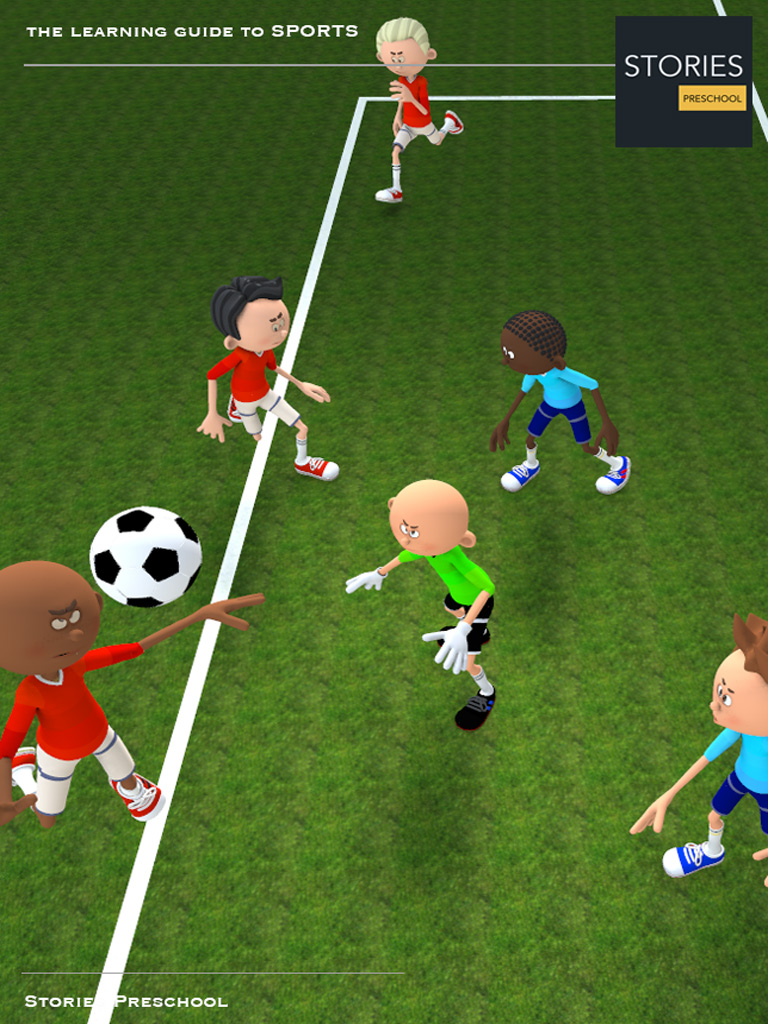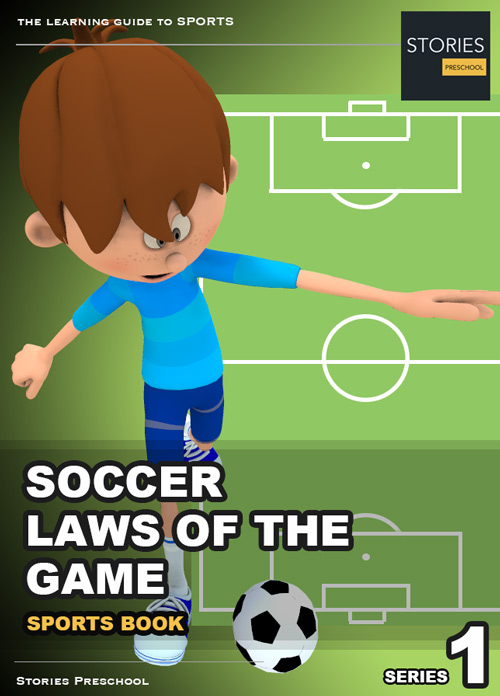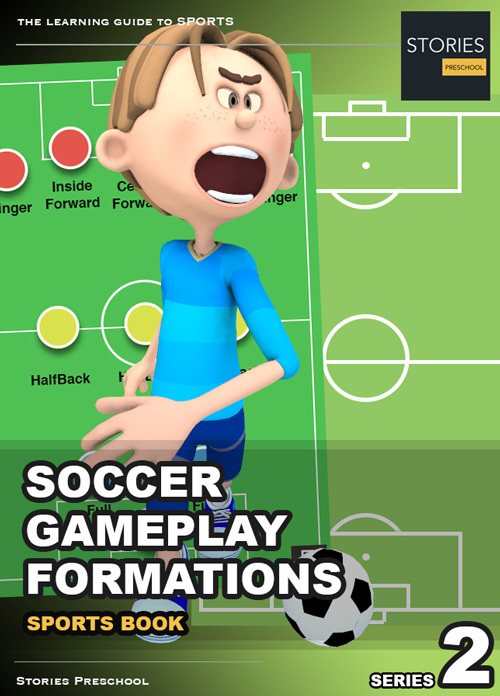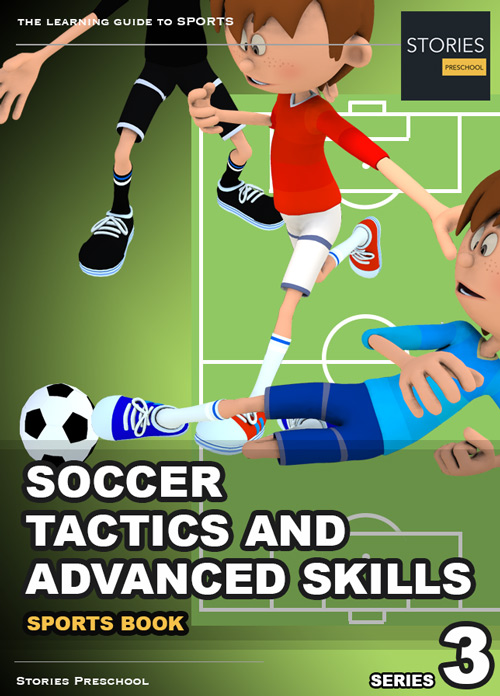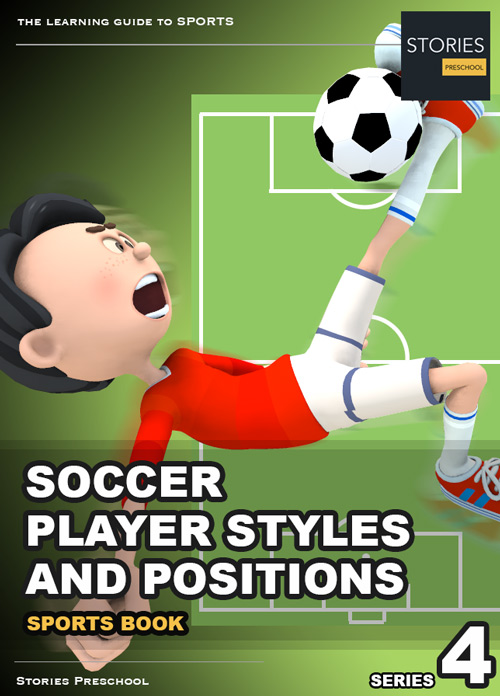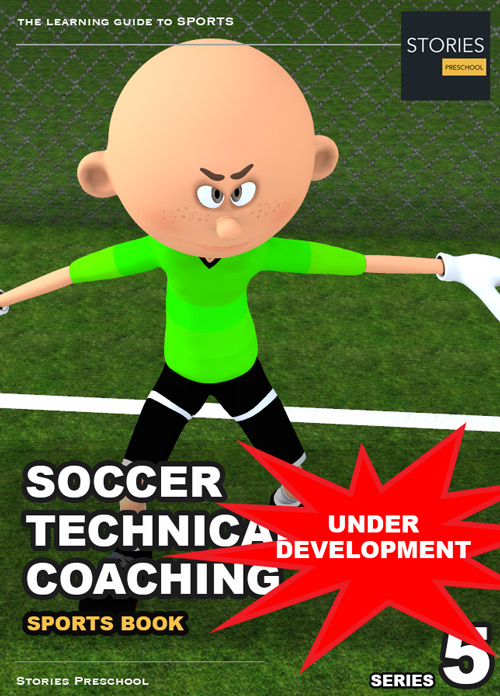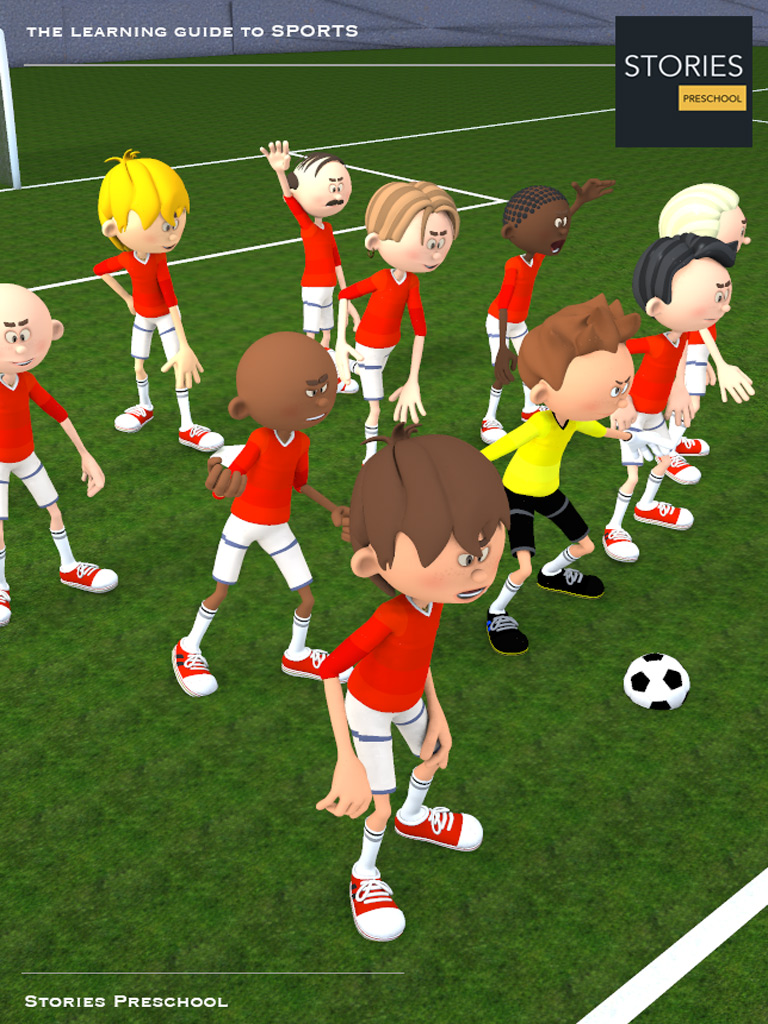Soccer
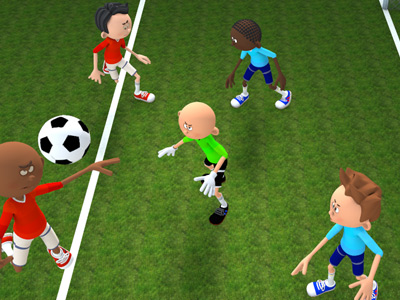
Soccer Positions
In the sport of association football, each of the 11 players on a team is assigned to a particular position on the field of play. A team is made up of one goalkeeper and ten outfield players who fill various defensive, midfield, and attacking positions depending on the formation deployed. These positions describe both the player's main role and their area of operation on the pitch.
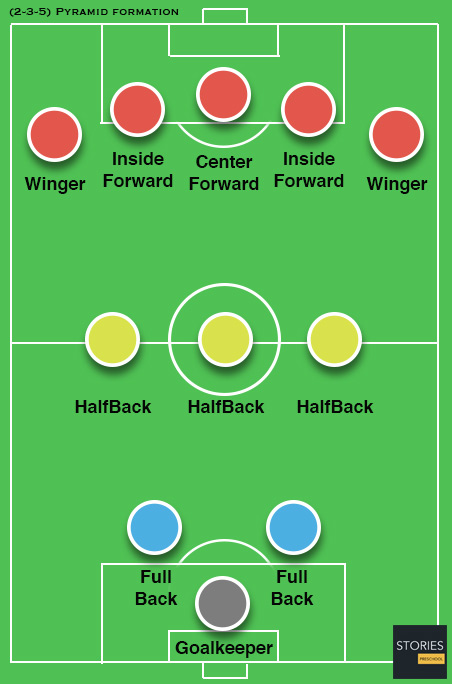
In the early development of the game, formations were much more offensively aggressive, with the 1-2-7 being prominent in the late 1800s. In the latter part of the 19th century, the 2–3–5 formation became widely used and the position names became more refined to reflect this. In defense, there were full-backs, known as the left-back and right-back; in midfield, left-half, centre-half and right-half; and for the forward line there were outside-left (or left wing), inside-left, centre-forward, inside-right and outside-right (or right wing). As the game has evolved, tactics and team formations have changed and so many of the names of the positions have changed to reflect their duties in the modern game (though some old familiar ones remain). The term "half-back" fell out of use by the early 1970s and "midfield" was used in naming the positions that play around the middle third as in centre midfield and wide midfield.
The fluid nature of the modern game means that positions in football are not as rigidly defined as in sports such as rugby or American football. Even so, most players will play in a limited range of positions throughout their career, as each position requires a particular set of skills and physical attributes. Footballers who are able to play comfortably in a number of positions are referred to as "utility players".
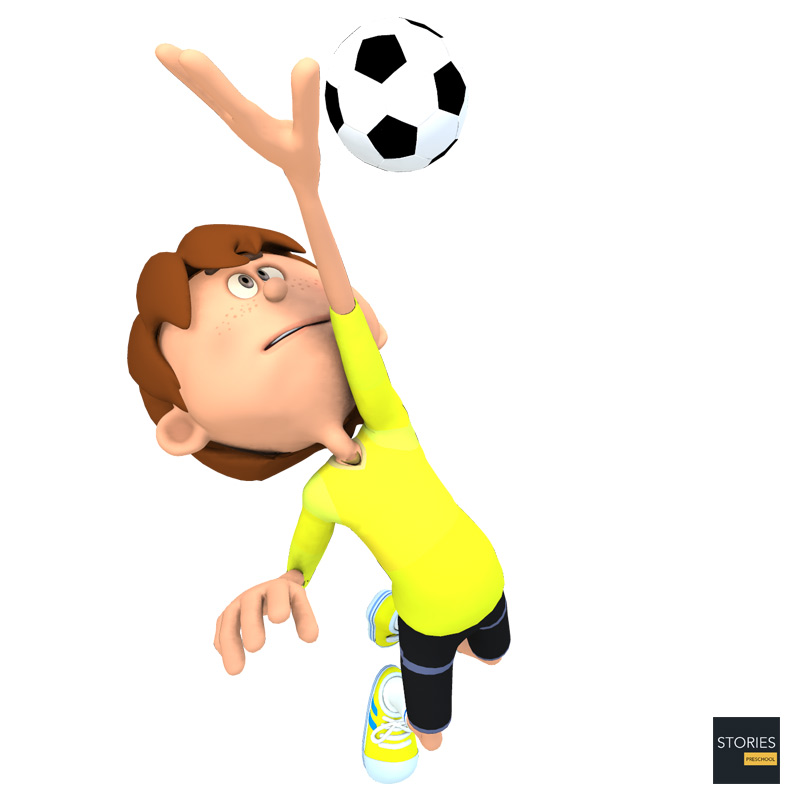
However, in Total Football tactics, the players are only loosely defined into a position. This tactic required players who were extremely versatile, such as Johan Cruyff, who could play every position on the pitch apart from goalkeeper.
Team Positions
Goalkeeper
Goalkeeper is the most defensive position in football. The goalkeeper's main job is to stop the other team from scoring by catching, palming or punching the ball from shots, headers and crosses. Unlike their team-mates, goalkeepers typically remain in and around their own penalty area for most of the game. As a result, goalkeepers have a better view of the pitch and often give advice to their defense when the other team is on the attack or during set pieces. Goalkeepers are the only players on the pitch who are allowed to handle the ball, but this is restricted to their own penalty area. Positioning is another important job and is one of the hardest to master as keeper.
Defender
Defenders play behind the midfielders and their primary responsibility is to provide support to the team and to prevent the opposition from scoring a goal. They usually remain in the half of the field that contains the goal they are defending. Taller defenders will move forward to the opposing team's penalty box when their team takes corner kicks or free kicks, where scoring with one's head is a possibility.
Midfielder
Midfielders (originally called half-backs) are players whose position of play is midway between the attacking forwards and the defenders. Their main duties are to maintain possession of the ball, taking the ball from defenders and feeding it to the strikers, as well as dispossessing opposing players. Most managers field at least one central midfielder with a marked task of breaking up opposition's attacks while the rest are more adept to creating goals or have equal responsibilities between attack and defense. Midfielders can be expected to cover many areas of a pitch, as at times they can be called back into defense or required to attack with the strikers. They are more often the players that initiate attacking play for a team.
Forward
Forwards (or strikers) are the players who are positioned nearest to the opposing team's goal. The primary responsibility of forwards is to score goals and to create scoring chances for other players. Forwards may also contribute defensively by harrying opposition defenders and goalkeepers whilst not in possession. The most common modern formations include between one and three forwards; for example, a lone striker in a 4–2–3–1, paired strikers in a 4–4–2 or a striker and two wingers in a 4–3–3.
Coaches will often field one striker who plays on the shoulder of the last opposing defender and another attacking forward who plays somewhat deeper and assists in creating goals as well as scoring. The former is sometimes a large striker, typically known as a "target man", who is used either to distract opposing defenders to help team mates score, or to score himself; the latter is usually of quicker pace, and is required to have some abilities like finding holes in the opposing defense and, sometimes, dribbling. In other cases, strikers will operate on the wings of the field and work their way goal wards. Yet another variation is the replacement of the target man with a striker who can thread through-balls.
Players who specialize in playing as a target are usually of above-average height with good heading ability and an accurate shot. They tend to be the "outlet" player for both midfielders and defenders, able to "hold the ball up" (retain possession of the ball in an advanced position while team-mates run forward to join the attack). They tend to score goals from crosses, often with the head, and can use their body strength to shield the ball while turning to score.
Other forwards may rely on their pace to run onto long balls passed over or through the opposition defense, rather than collecting the ball with their back to goal like a target man. Some forwards can play both of these roles equally well.
SPORTS
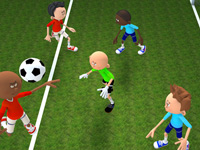
RESOURCES
This article uses material from the Wikipedia article "Association football positions", which is released under the Creative Commons Attribution-Share-Alike License 3.0.
© Stories Preschool. All Rights Reserved.
